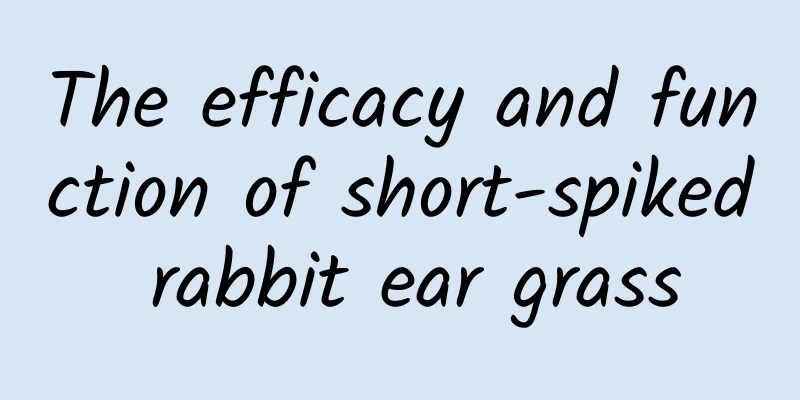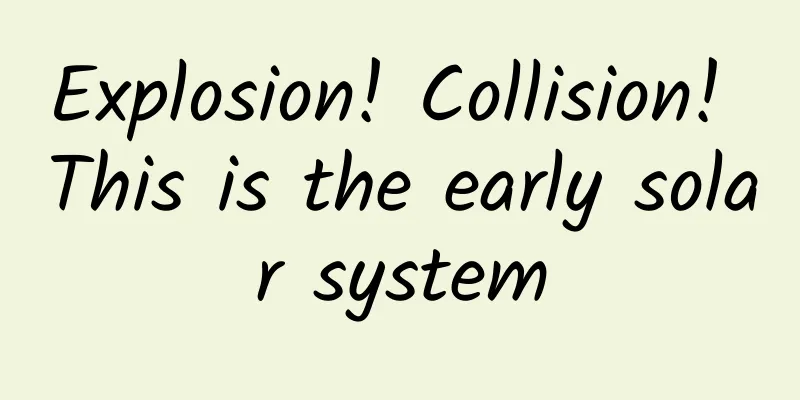The efficacy and function of short-spiked rabbit ear grass

|
In today's society, health preservation seems to be an eternal topic. Nowadays, many people like to use some Chinese medicinal materials to regulate their bodies, because these medicinal materials are natural and pollution-free. Here we would like to introduce to you the medicinal material short-spiked rabbit ear grass. 【English name】 Shortspike Lagotis [Source] Medicinal material source: the whole herb of Scrophulariaceae. [Original form] Perennial dwarf herb, 4-8cm tall. The whole plant is hairless. Usually has creeping stems, rhizomes are short, not exceeding 2 cm. The roots are numerous, clustered, linear, endoplasmic, and up to 10 cm long. The outside of the root neck is wrapped in a brown fibrous sheath formed by the remnants of old petioles. All leaves are basal and rosette-shaped; petiole is 1-5cm, flat, wide and tapering at the bottom; leaf blade is broadly linear to lanceolate, 2-7cm long, gradually pointed at the apex, gradually narrowing to a petiole at the base, and entire. There are several peduncles, which are slender, procumbent or erect, and not higher than the leaves; the spike inflorescence is only 1 cm long, with dense flowers; the calyx is spathe-shaped, split into 1-3 places at the apex, smaller than the bracts; the corolla is white or slightly pink or purple, 5-6 mm long, with the tube and eaves of equal length, the upper lip is entire, ovate-oblong, the lower lip, and the anthers are kidney-shaped; the style extends out of the corolla, and the stigma is dot-shaped. The capsule is oval, large and slightly concave at the tip, red, smooth and hairless. Flowering and fruiting period is from May to August. [Habitat distribution] Ecological environment: Grown in high mountains at an altitude of 3200-4500m, grasslands, river beaches, and sandy grasslands by lakes. 【Properties】 Identification by properties: This product is a wrinkled and shrunken herb. There are many fibrous roots, which are light yellow, brittle and easy to break. The stem is thin, purple-red and has nodes. The leaves are basal, wrinkled, and when flattened, they are oblong-lanceolate, 4-6cm long, about 1cm wide, and light green to yellow-green. The inflorescence is spike-shaped, kidney-dense, and ovate; the peduncle of the inflorescence is about 2 cm long, and the flowers are small, blue-purple, and two-lipped. Capsules are occasionally seen. It has a faint smell and a slightly bitter taste. 【Nature and flavor】 Bitter; Cool 【Entry into Meridians】 Enters the lung and liver meridians 【Functions and indications】 Clears the lungs and relieves cough; lowers blood pressure and regulates menstruation. Mainly used for lung heat cough; hypertension; irregular menstruation [Usage and Dosage] For oral use: decoction, 10-15g. [Discussions by various scholars] "Xinhua Compendium of Materia Medica": The whole herb: used for hypertension, pneumonia, etc. 【Excerpt】 Chinese Materia Medica After reading the above article, I believe everyone has basically understood the effects and functions of short-spiked rabbit ear grass, right? The medicinal value of short-spiked rabbit's ear grass is extremely high, but it is not suitable for everyone. You should judge based on your own actual situation. I hope everyone will pay attention to this. |
<<: The efficacy and function of spotted leaf orchid
>>: The efficacy and function of linden root
Recommend
The efficacy of eating Panax notoginseng and hawthorn together
The effect of eating Panax notoginseng and hawtho...
It’s time to go to Gannan!
At this time, the mountains and rivers are hot Th...
Can I take a bath in mugwort water?
Everyone knows that mugwort has been a very good ...
The efficacy and function of Castanopsis bark leaves
Traditional Chinese medicine culture is profound ...
20 versions of "fakes" without the original's true appearance? Scientific restoration reveals the mystery of the masterpiece
The exhibition "Frankness and Reality: The A...
The efficacy and function of Ficus pear
In today's society, health preservation seems...
What is the method of consuming Morinda officinalis?
Now with the arrival of the winter solstice, many...
255 photons, 180 million times faster than classical computers, "Jiuzhang-3" is here to break the record!
On the 11th, a research team composed of Pan Jian...
When an asthma attack occurs, why do people in movies and TV shows always use paper bags to breathe? Can this save lives?
If I tell you that this can really save lives, yo...
The efficacy and function of herring gall grass
As a very common Chinese medicinal material in da...
How bright is China’s bright business card—high-speed rail?
On August 1, 2008, as the Beijing-Tianjin Interci...
Nature: Intestinal flora has a new role to play! It may protect against the harm of smoking
Feeding cesarean section babies a small amount of...
Pictures of plantain
Plantain is a very common Chinese herbal medicine...
The efficacy and function of mixed mushrooms
In modern life, everyone is very familiar with va...
The initial symptoms of anemia are mild, so don’t take it seriously? You may have underestimated it…
Experts in this article: Zhang Heping, Associate ...









